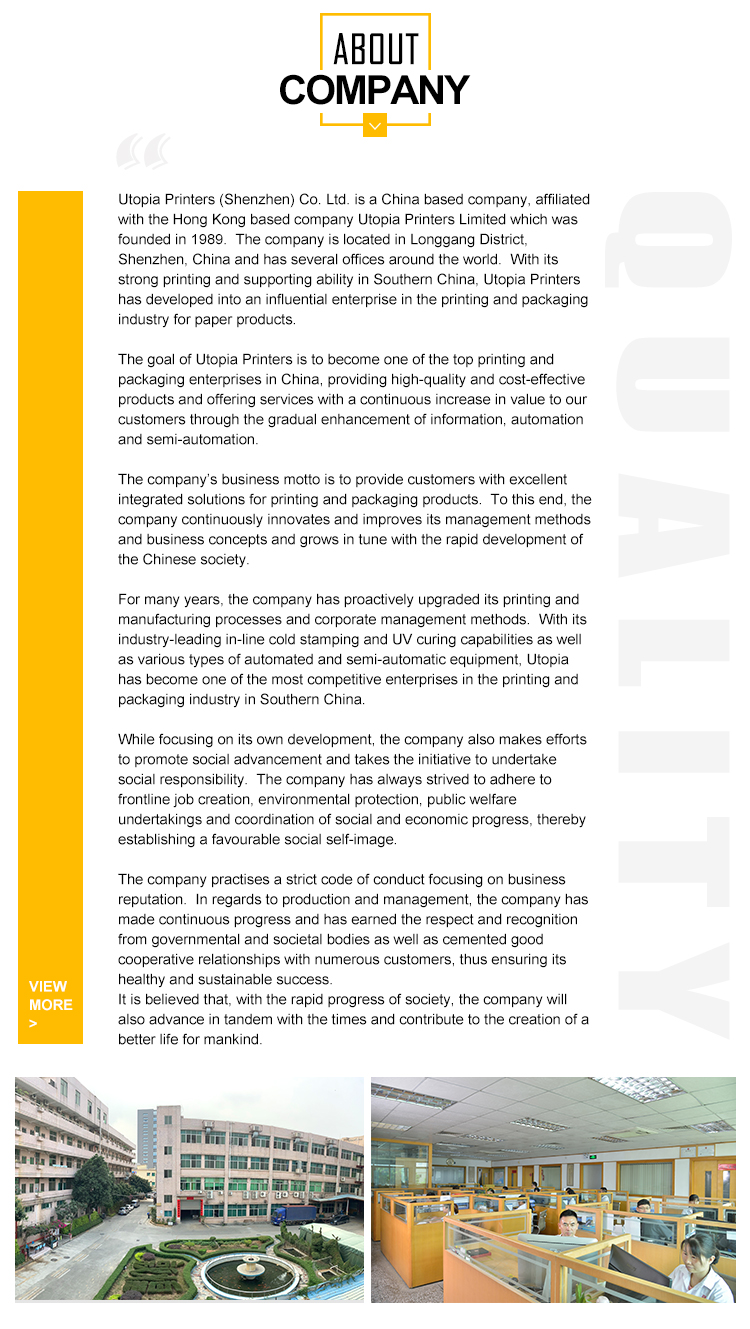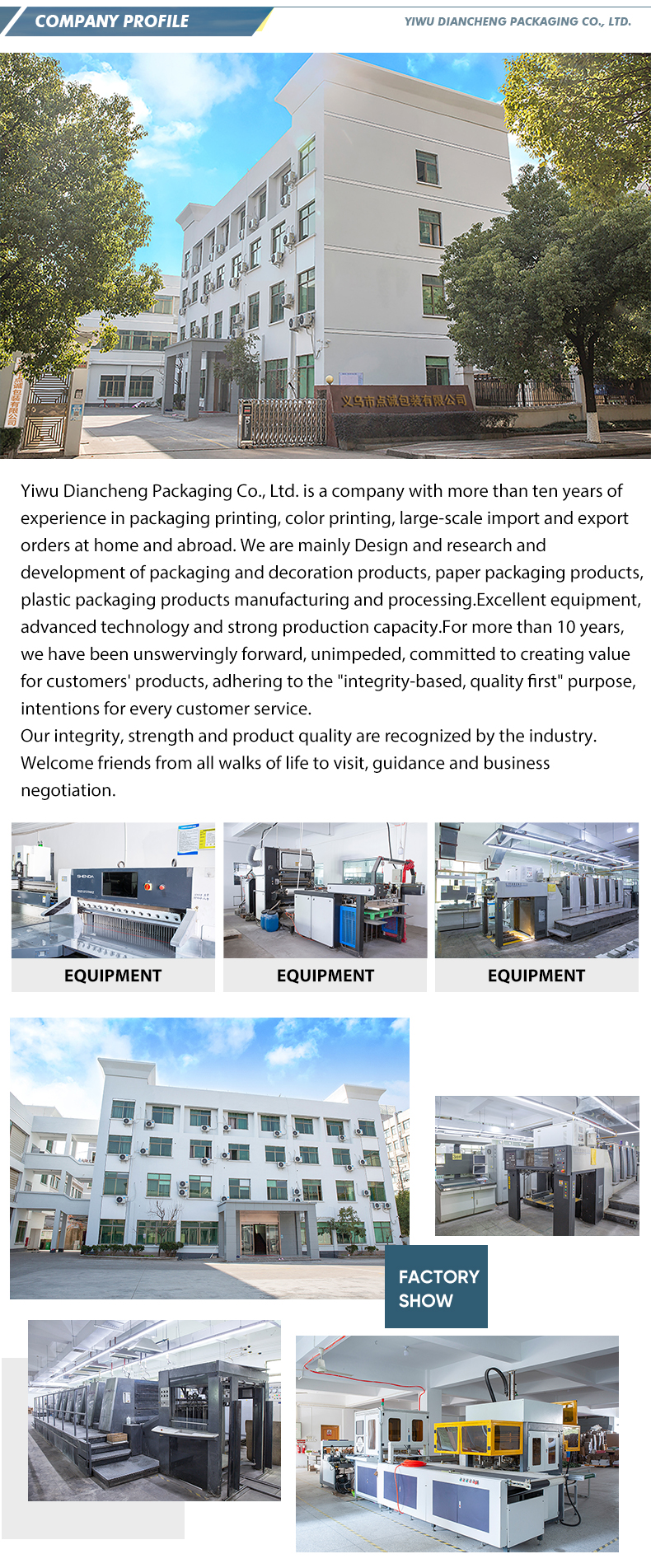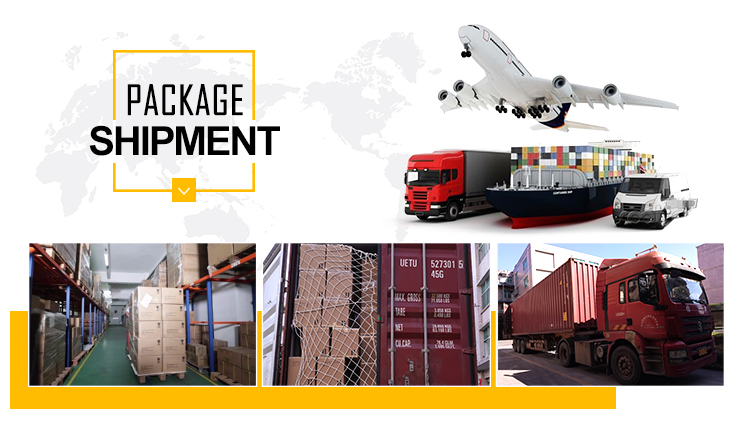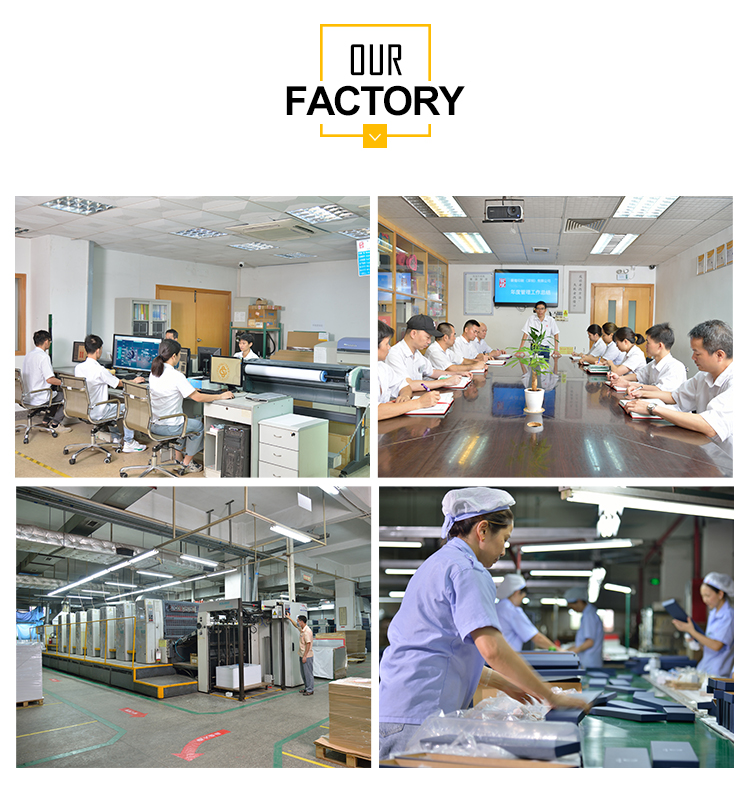Chocolate plastic packaging boxes offer several benefits, both for the consumers and the chocolate manufacturers. Here are some advantages:
- Visual Appeal: Chocolate plastic packaging boxes are visually appealing and can be designed in various shapes, sizes, and colors. They can be customized to showcase the brand’s logo, artwork, and product information, enhancing the overall presentation of the chocolates.
- Protection: These packaging boxes provide excellent protection for chocolates. They shield the delicate chocolate treats from external factors like moisture, light, heat, and air, preserving their quality and extending their shelf life.
- Hygiene and Safety: Chocolate plastic packaging boxes create a hygienic barrier between the chocolates and the external environment, ensuring that they remain free from contamination. The boxes can be sealed effectively, preventing tampering and maintaining the chocolates’ safety and integrity.
- Convenience: Plastic packaging boxes offer convenience in terms of handling and storage. They are lightweight, making them easy to transport and carry. Additionally, their stackable nature allows efficient use of space, whether it’s on store shelves or during shipping.
- Branding and Marketing: These boxes provide an excellent opportunity for branding and marketing purposes. Companies can print their logo, tagline, and product details on the packaging, effectively promoting their brand. Eye-catching designs can attract customers and create brand recognition.
- Customizability: Chocolate plastic packaging boxes can be customized to fit specific requirements. Manufacturers can choose from various sizes, shapes, and designs to suit their chocolates’ unique characteristics. Custom inserts or compartments can also be added to hold chocolates securely in place, preventing damage during transportation.
- Sustainability: While plastic packaging has faced criticism for its environmental impact, advancements have been made in the development of sustainable plastic materials. Manufacturers can now opt for biodegradable or recyclable plastics, reducing their carbon footprint and contributing to a more eco-friendly packaging solution.
- Cost-Effective: Plastic packaging boxes are generally cost-effective compared to other packaging materials. They are durable, lightweight, and readily available, making them a practical choice for chocolate manufacturers looking to optimize their packaging costs.
It’s important to note that the choice of packaging material should also consider the environmental impact and sustainability goals of the company. Alternatives like biodegradable or compostable materials should be explored to minimize plastic waste and promote eco-friendly packaging practices.
When it comes to packaging chocolate in plastic packaging boxes, there are several methods that manufacturers commonly use. Here are some of the packaging methods for chocolate plastic packaging boxes:
- Clamshell Packaging: Clamshell packaging consists of two hinged plastic halves that are joined together to form a protective shell. The chocolates are placed inside the bottom half of the clamshell, and then the top half is closed and snapped shut. This method provides good visibility of the chocolates and keeps them secure during transportation.
- Tray Packaging: Tray packaging involves placing chocolates in a plastic tray or insert that fits inside the plastic box. The tray can have compartments or molds to hold individual chocolates, preventing them from shifting or colliding with each other. The tray is then covered with a clear plastic lid, providing visibility and protection.
- Vacuum Packaging: Vacuum packaging involves removing the air from the packaging before sealing it. Chocolates are placed in plastic bags or pouches, and a vacuum sealer is used to extract the air and create an airtight seal. Vacuum packaging helps to preserve the freshness and flavor of the chocolates, extending their shelf life.
- Heat Sealing: Heat sealing is a common method used to close plastic packaging boxes. It involves using heat to melt the plastic surfaces together, creating a secure and tamper-evident seal. Chocolates are placed inside the plastic box or bag, and then the opening is heated to fuse the plastic edges, ensuring the chocolates remain protected.
- Shrink Wrap Packaging: Shrink wrapping involves placing chocolates in a plastic film or bag and then applying heat to shrink the film tightly around the product. This method provides a tight and secure packaging, protecting the chocolates from external elements. Shrink wrap can be used for individual chocolate bars or larger quantities of chocolates.
- Sleeve Packaging: Sleeve packaging involves using a plastic sleeve or wrap to encase the chocolate box. The sleeve can be printed with branding and product information, enhancing the overall presentation. Sleeve packaging adds an extra layer of protection and allows for easy opening and closing of the box.
- Blister Packaging: Blister packaging consists of a clear plastic blister or cavity that holds the chocolates securely. The blister is usually placed on a cardboard backing or inserted into a plastic box. Blister packaging provides good visibility of the chocolates and prevents them from shifting or getting damaged.
These are just a few examples of packaging methods for chocolate plastic packaging boxes. The specific method chosen will depend on factors such as the type of chocolate, the desired presentation, protection requirements, and manufacturing capabilities.
Chocolate plastic packaging boxes offer several advantages that make them a popular choice for packaging chocolates. Here are some of the key advantages:
- Protection: Plastic packaging boxes provide excellent protection for chocolates. They create a barrier against moisture, light, air, and other external factors that can degrade the quality of chocolates. This helps to preserve the taste, texture, and freshness of the chocolates, ensuring a superior product for consumers.
- Visibility: Plastic packaging boxes are transparent or translucent, allowing consumers to see the chocolates inside. This visibility enhances the product’s appeal and can tempt potential buyers with the enticing appearance of the chocolates. It also allows consumers to inspect the chocolates for quality and make an informed purchase decision.
- Durability: Plastic packaging boxes are generally durable and resistant to breakage. They can withstand impacts during transportation and handling, providing reliable protection for delicate chocolate products. The durability of plastic packaging ensures that the chocolates reach consumers in excellent condition.
- Versatility: Plastic packaging boxes offer versatility in terms of shape, size, and design. They can be molded into various shapes and sizes to accommodate different types of chocolates, such as bars, truffles, or pralines. The flexibility in design allows manufacturers to create visually appealing packaging that aligns with their brand image and product presentation.
- Customizability: Plastic packaging boxes can be easily customized to reflect a brand’s identity. Manufacturers can print their logos, brand names, and other product information directly onto the packaging, promoting brand recognition and loyalty. Customization options also include incorporating unique colors, patterns, and designs that differentiate the product from competitors.
- Convenience: Plastic packaging boxes are lightweight and easy to handle, making them convenient for both manufacturers and consumers. They are easy to transport, stack, and store, optimizing storage space and reducing shipping costs. For consumers, the lightweight nature of plastic packaging makes it easy to carry and open, enhancing the overall user experience.
- Cost-effective: Plastic packaging boxes are often more cost-effective compared to other packaging materials. Plastic is a readily available and affordable material, making it a cost-efficient choice for chocolate manufacturers. The lightweight nature of plastic also helps reduce transportation costs.
- Hygiene and Safety: Plastic packaging boxes offer a hygienic and safe solution for packaging chocolates. They can be sealed effectively, preventing contamination and tampering. Plastic is also a non-reactive material, ensuring that it does not interact with the chocolates and affect their quality or taste.
It’s important to note that environmental considerations and sustainability should also be taken into account when choosing plastic packaging. Manufacturers should explore options such as biodegradable or recyclable plastics to minimize the environmental impact of their packaging choices.















